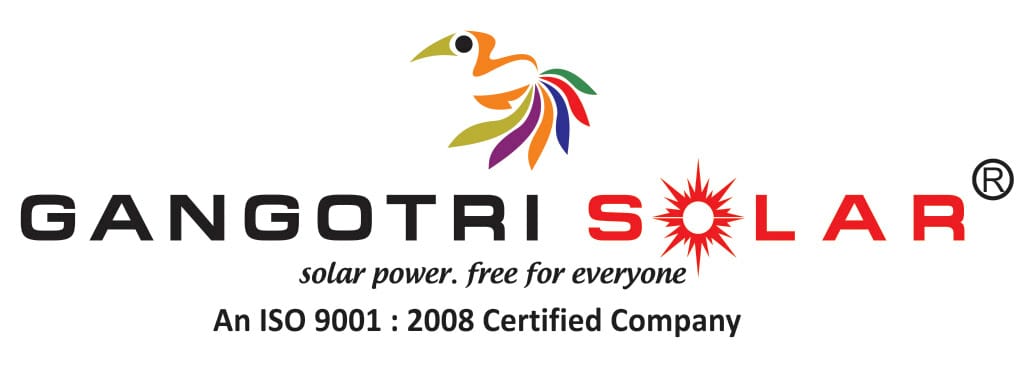Green energy is any energy type that is generated from natural resources,
such as sunlight, wind or water. It often comes from renewable energy sources although there are some differences between renewable and green energy, which we will explore, below.
The key with these energy resources are that they don’t harm the environment through factors such as releasing greenhouse gases into the atmosphere.
Green energy is any energy type that is generated from natural resources, such as sunlight, wind or water. It often comes from renewable energy sources although there are some differences between renewable and green energy, which we will explore, below.
The main sources are wind energy, solar power and hydroelectric power (including tidal energy, which uses ocean energy from the tides in the sea). Solar and wind power are able to be produced on a small scale at people’s homes or alternatively, they can be generated on a larger, industrial scale.
The six most common forms are as follows:
1. Solar Power
This common type of renewable energy is usually produced using photovoltaic cells that capture sunlight and turn it into electricity. Solar power is also used to heat buildings and for hot water as well as for cooking and lighting. Solar power has now become affordable enough to be used for domestic purposes including garden lighting, although it is also used on a larger scale to power entire neighbourhoods.
2. Wind Power
Particularly suited to offshore and higher altitude sites, wind energy uses the power of the flow of air around the world to push turbines that then generate electricity.
3. Hydropower
Also known as hydroelectric power, this type of green energy uses the flow of water in rivers, streams, dams or elsewhere to produce electricity. Hydropower can even work on a small scale using the flow of water through pipes in the home or can come from evaporation, rainfall or the tides in the oceans.
Exactly how ‘green’ the following three types of green energy are is dependent on how they are created…
4. Geothermal Energy
This type of green power uses thermal energy that has been stored just under the earth’s crust. While this resource requires drilling to access, thereby calling the environmental impact into question, it is a huge resource once tapped into. Geothermal energy has been used for bathing in hot springs for thousands of years and this same resource can be used for steam to turn turbines and generate electricity. The energy stored under the United States alone is enough to produce 10 times as much electricity as coal currently can. While some nations, such as Iceland, have easy-to-access geothermal resources, it is a resource that is reliant on location for ease of use, and to be fully ‘green’ the drilling procedures need to be closely monitored.
5. Biomass
This renewable resource also needs to be carefully managed in order to be truly labelled as a ‘green energy’ source. Biomass power plants use wood waste, sawdust and combustible organic agricultural waste to create energy. While the burning of these materials releases greenhouse gas these emissions are still far lower than those from petroleum-based fuels.
6. Biofuels
Rather than burning biomass as mentioned above, these organic materials can be transformed into fuel such as ethanol and biodiesel. Having supplied just 2.7% of the world’s fuel for transport in 2010, the biofuels are estimated to have the capacity to meet over 25% of global transportation fuel demand by 2050.

